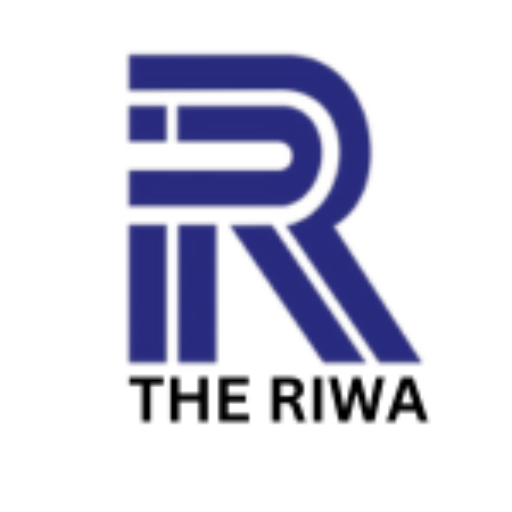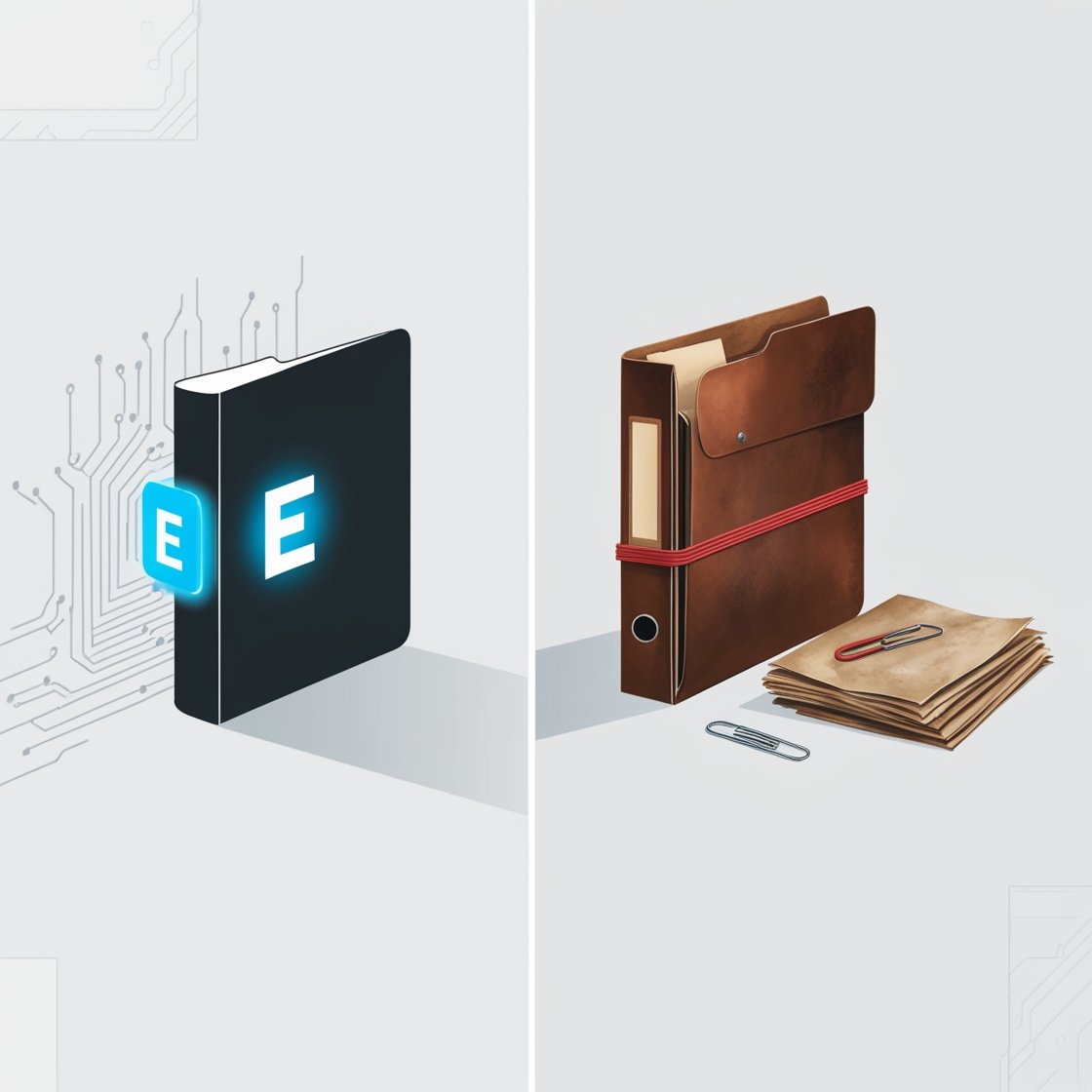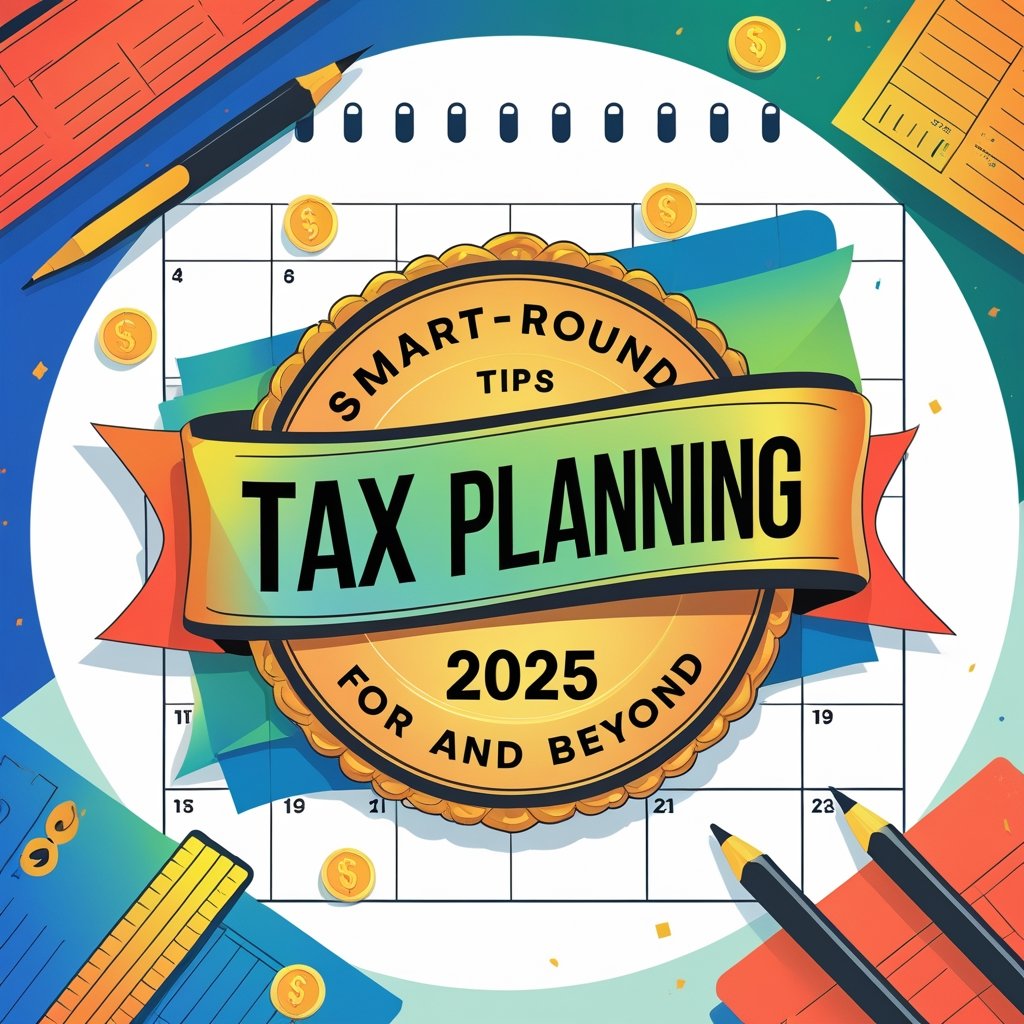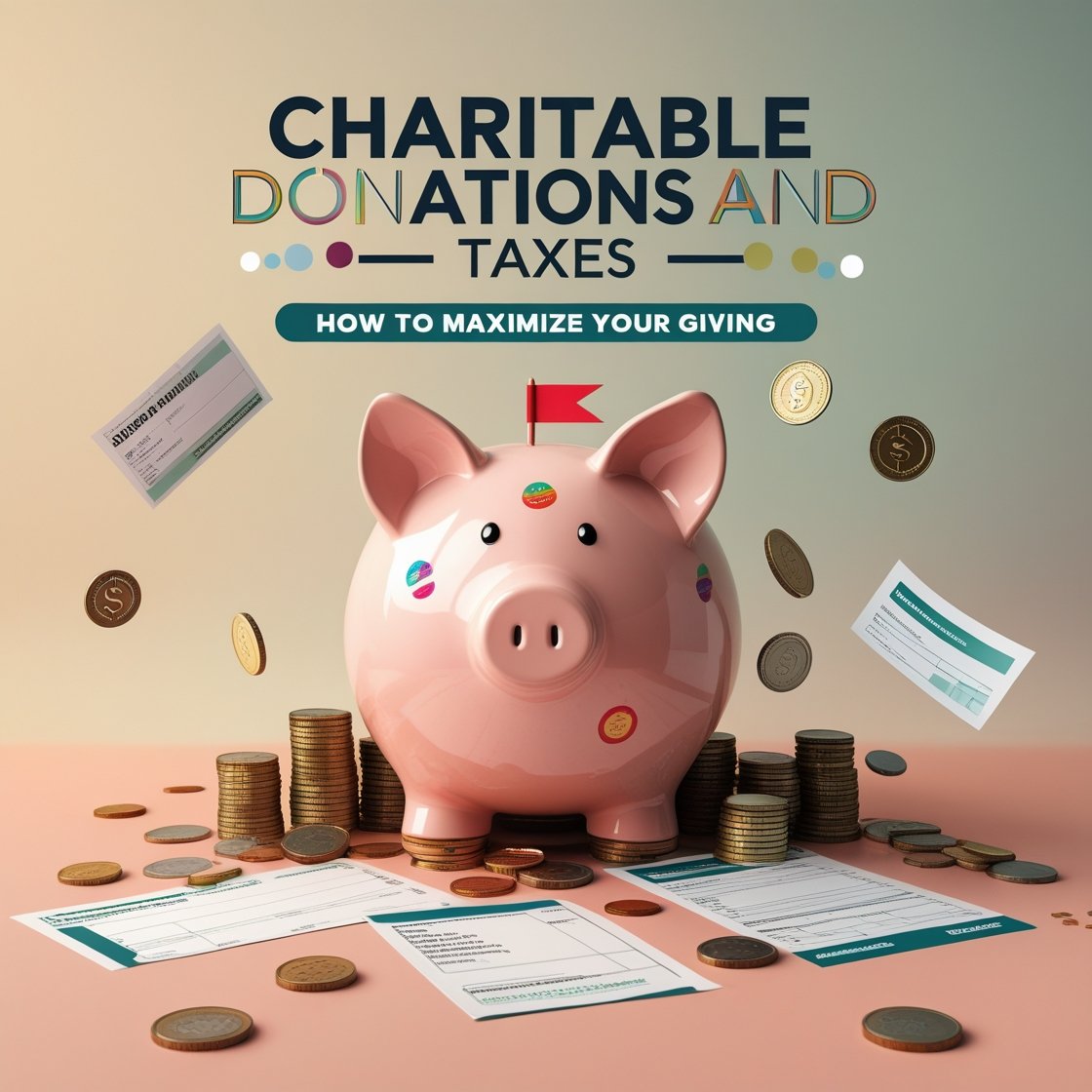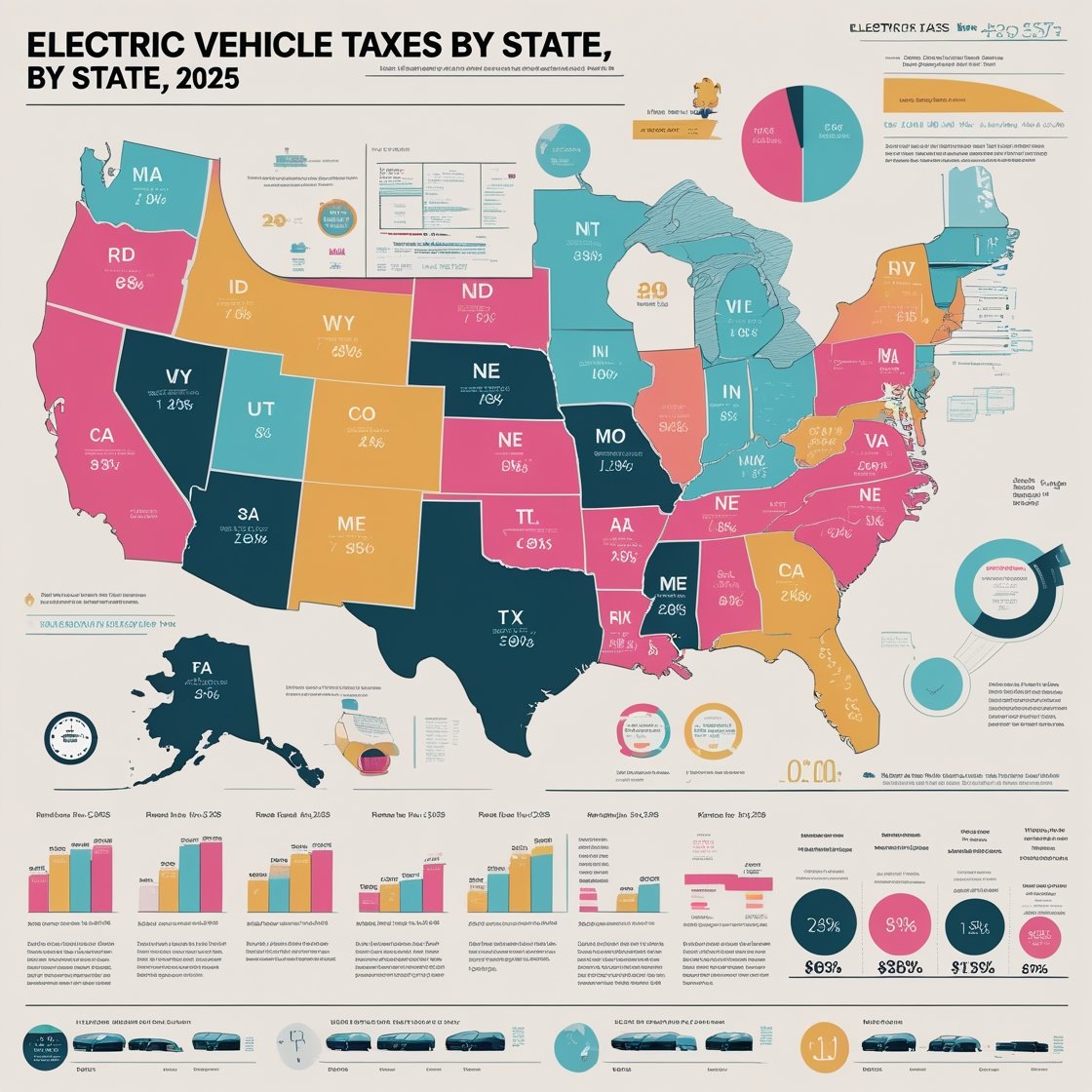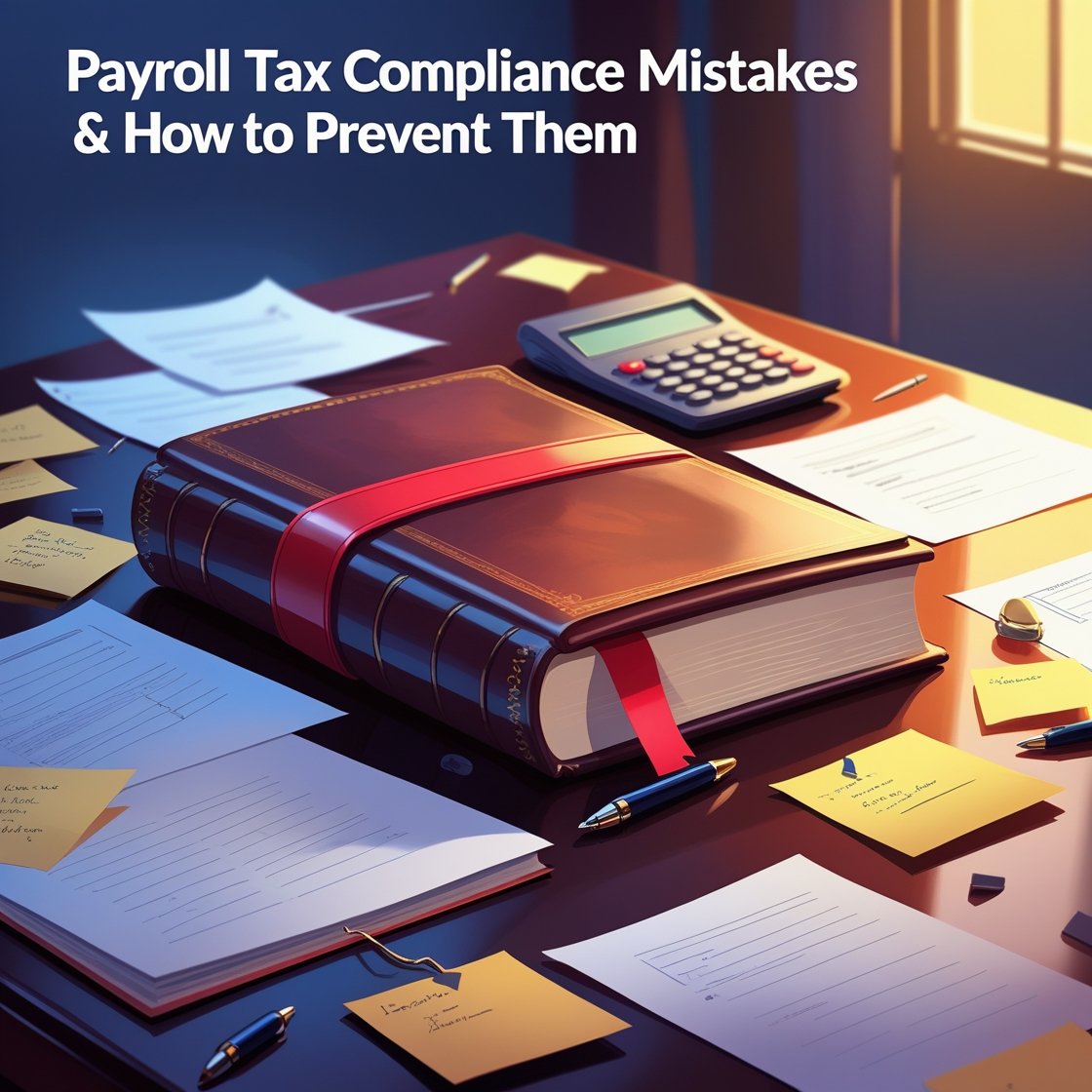Tax season brings with it the question of how to file your tax returns. While e-filing (electronic filing) has grown in popularity, traditional paper filing remains an option for taxpayers. Each method has its pros and cons, and the right choice depends on your specific circumstances. Let’s dive into the differences to help you decide which filing method is best for you.
What Is E-Filing?
E-filing is the process of submitting your tax return online through the IRS website, authorized tax preparation software, or a tax professional. It’s a modern and efficient way to handle your taxes that has become the standard for most taxpayers.
Pros of E-Filing:
- Speed: E-filing is faster than paper filing. Once submitted, your return is received instantly by the IRS.
- Accuracy: Most e-filing systems include built-in error checks, reducing the likelihood of mistakes.
- Faster Refunds: Refunds for e-filed returns are often processed within 21 days if you opt for direct deposit.
- Convenience: You can file from the comfort of your home, eliminating the need for trips to the post office.
- Environmentally Friendly: E-filing reduces paper usage, making it an eco-friendly choice.
Cons of E-Filing:
- Cost: Some tax preparation software or professional services charge fees for e-filing.
- Security Concerns: While secure, submitting sensitive information online always carries some risk of cyber threats.
- Access Required: You need a reliable internet connection and basic computer skills.
What Is Traditional Filing?
Traditional filing involves completing your tax return on paper and mailing it to the IRS. It’s the original method for submitting taxes and is still used by those who prefer a hands-on approach.
Pros of Traditional Filing:
- Control: Filing on paper gives you complete control over your return without relying on software.
- No Technology Needed: Ideal for those without internet access or who are uncomfortable with digital platforms.
- Cost-Free: There are no fees for mailing your return (beyond postage).
Cons of Traditional Filing:
- Slower Processing: Paper returns take longer to process, often delaying refunds by weeks or even months.
- Higher Risk of Errors: Manual calculations and handwriting can lead to mistakes that delay processing.
- Storage Challenges: Keeping physical copies of tax documents can be cumbersome.
- Postage Costs and Risks: Mailing your return can be expensive, and there’s always a risk of it getting lost or delayed.
Comparing E-Filing and Traditional Filing
Feature | E-Filing | Traditional Filing |
Speed | Instant submission | Delays due to mailing and manual processing |
Accuracy | Automated error-checking | Higher likelihood of manual errors |
Refund Timeline | Refunds in as little as 21 days | Refunds can take 6-8 weeks or more |
Cost | Potential software fees | Only postage costs |
Convenience | File from anywhere | Requires printing and mailing |
Security | Encrypted submissions | No risk of cyber threats |
Who Should Choose E-Filing?
E-filing is the best option for:
- Individuals Seeking Speed: If you want your refund quickly, e-filing is ideal.
- Those Filing Simple Returns: Online systems simplify filing for taxpayers with straightforward returns.
- Eco-Conscious Filers: E-filing reduces paper waste.
- Taxpayers Claiming Refunds: Faster processing means faster refunds.
Who Should Choose Traditional Filing?
Traditional filing may be better for:
- Individuals Without Internet Access: If you lack reliable internet or are uncomfortable using technology, paper filing is a good choice.
- Complex Returns: Some people prefer the control of manually preparing returns for complicated filings.
- Those Avoiding Fees: Paper filing is cost-effective, especially for those unwilling to pay for software or e-filing services.
The Riwa is your one-stop financial partner, providing reliable tax, payroll service. We help businesses and individuals across the USA.
Contact us: info@theriwa.com & Visit our website : theriwa.com
